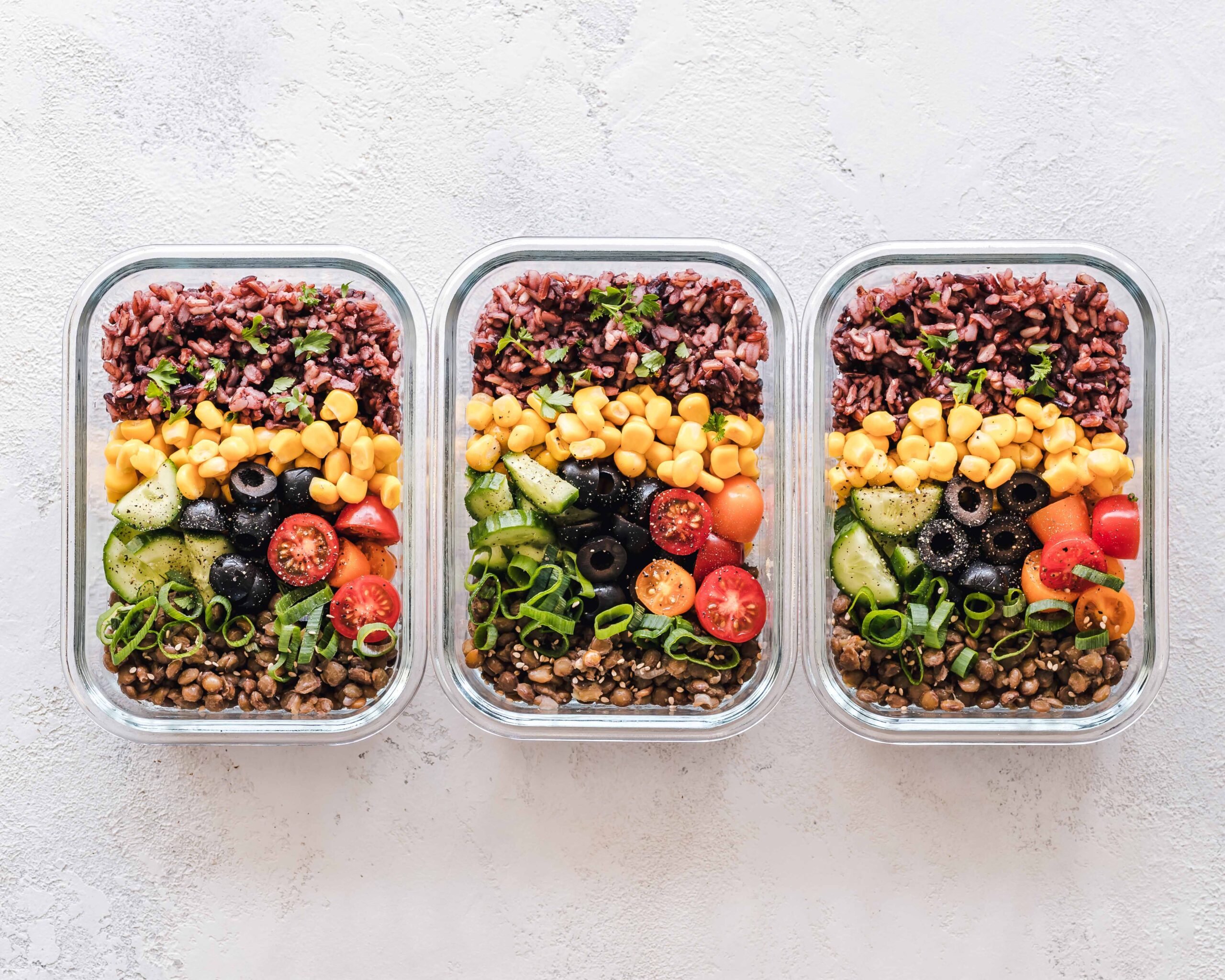*This is not the article for the details of function and use of each macronutrient, but more of a “get started” guide.*
You’ve probably heard the term at least a few times if you’ve pulled up a nutrition article here or there “Macros” or “Macronutrients”, and how that within lies the secret to all of your potential weight management successes and a more blissful state of existence. In a perfect world, this could be the case, and the first step to getting closer to this would be a general understanding of Macros and how to apply this knowledge to our daily lives.
There are 3 Macronutrients, and chances are you already have at least an elementary knowledge of them.
- Protein
- Fat/Lipids
- Carbohydrates (carbs)
Each plays an equally important but significantly different role in the daily maintenance of our bodily function, but what they all have in common is that they contribute to our daily caloric intake.
Here is your first piece of memorization material:
- 1g of Protein = 4 calories
- 1g of Fat = 9 calories
- 1g of Carbohydrate = 4 calories
Based on a (very) generalized 2,000 calorie a day maintenance diet, all 3 macronutrients should, when added up together, equate to 2000 calories. In a typical person’s diet, carbs make up the largest portion of this caloric intake, followed by fats, and last but certainly not least, protein. Working out there specifics for what macro combo is best for you depends on your goals and your lifestyle.
Counting Macros – Getting Started
Elementary Math – Read the information on the label
Whether you’re ready to jump head first into a fitness program and food overhaul, or you’d like to gradually make a healthy shift in your eating, you can start by checking the labels on food you typically buy and eat. Check the serving size, the calories per serving, and the amount of grams of macronutrients for the different food you consume. You’ll start to notice which types of food may be more or less similar (eg. nuts being high in fat, a decent source of protein, and low in carbs), and catch yourself when you may not be eating a well balanced meal.
Taking action to track macros
Start out by simply writing down the amount of grams of the 3 macronutrients in a meal on paper or using a macro counting app. Account for all the ingredients in your meal, based on the serving size, the amount of fat, protein, and carbohydrates. Add up the total calories, and check if any of the macro groups are particularly high or low (it’s normal for fat to be the lowest). Tracking macros on paper or on an app is a sure method to level up the way we perceive the food we intake in terms of its macronutrient makeup.
So, what’s next?
Track your macros for a number of meals, and get used to thinking of meals in terms of protein, fats, and carbs. The choices you make with this info is another story, but this is the first step in the right direction of having control and a regular, balanced diet.
Bring a question to a trainer at D-Gym, we would be happy to provide you with reliable information to help you on your journey to healthier eating habits.



One Comment